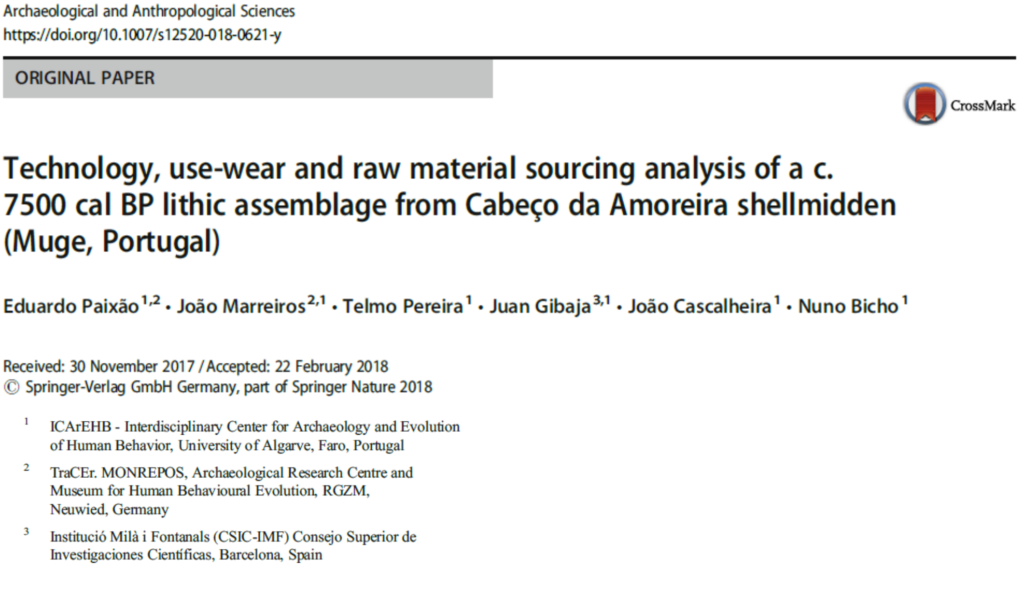Abstract:
The onset of the Holocene is marked by new human ecological adaptations that are associated with the origins of the Mesolithic
in the Atlantic Iberia coast. During the Mesolithic, shellmidden deposits become one of the most relevant and interesting
prehistoric archeological contexts, interpreted has the result of intensive human ecological exploitation, and marked by new
settlement and mobility patterns, and subsistence strategies. Based on techno-typological patterns and artifact density, each Muge
shellmidden has been traditionally linked to a single and specific functionality, possibly reflecting the presence of different
stylistic/ethnic groups in the territory. Therefore, characterizing settlement, mobility, site function, and technological patterns in
each shellmidden is fundamental to understand the archeological record and answer major questions related to human ecological
behavior during the onset of the new Holocene climatic setting. This paper presents new data on the Mesolithic from the Tagus
valley, using the case study of the lithic assemblage from layer 2 of Cabeço daAmoreira shellmidden. From our interpretation, by
combining lithic raw material characterization and sourcing, techno-typological and use-wear analysis, this study aims to
represent an important step on understanding resource exploitation, technological systems and site function, in order to address
intra and inter-site variability. In what concerns lithic raw materials, they can be found in the Pleistocene gravels that compose the
upper section of the Cenozoic deposits of the River Tagus, including those underneath the site. Nevertheless, the geochemical
results suggest that the chert used has correspondence with local, regional, and exogenous areas. In sum, by characterizing the
Cabeço da Amoreira shellmidden lithic assemblage, results and data aim to contribute to the discussion and new interpretations
on shellmiddens’ function and settlement occupation patterns during the Mesolithic.
